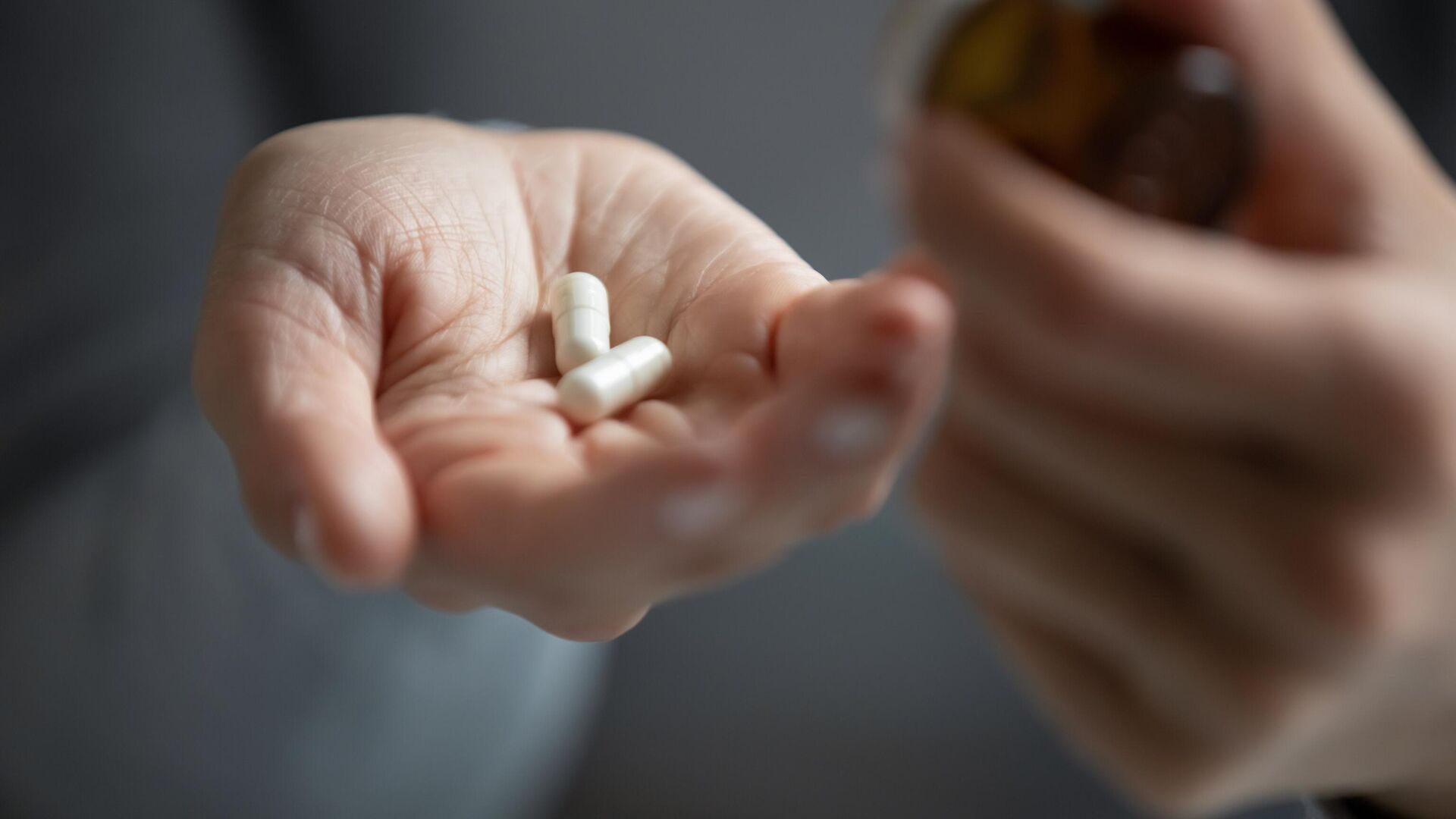
MOSCOW, November 27, Tatyana Pichugina. A cure for ankylosing spondylitis has been created in Russia. They are now preparing for the third phase of clinical trials. One of the authors of the development, Academician Sergei Lukyanov, told how they achieved such an important result.
Signs of ankylosing spondylitis
With ankylosing spondylitis, ossification of the spine and various joints occurs. In severe cases, the person is practically unable to move. Russian scientist Vladimir Bekhterev described this disease at the end of the 19th century. It is now called ankylosing spondylitis. The exact causes are unknown.
“People usually get sick in late adolescence or adults under 45 years of age. In the first stages, there is pain in the lower back, especially in the morning. Then there is stiffness in the spine, which, as a rule, decreases with movement,” says the rector of the Russian National Research Medical University named after N. I. Pirogova, Academician of the Russian Academy of Sciences Sergei Lukyanov.
Then the disease reaches the sacroiliac joints, which causes constant pain in the buttocks. The spine loses mobility, respiratory movements of the chest are reduced, and it is difficult to turn the head. Possible triggers include hypothermia, back injury, stress, viral disease.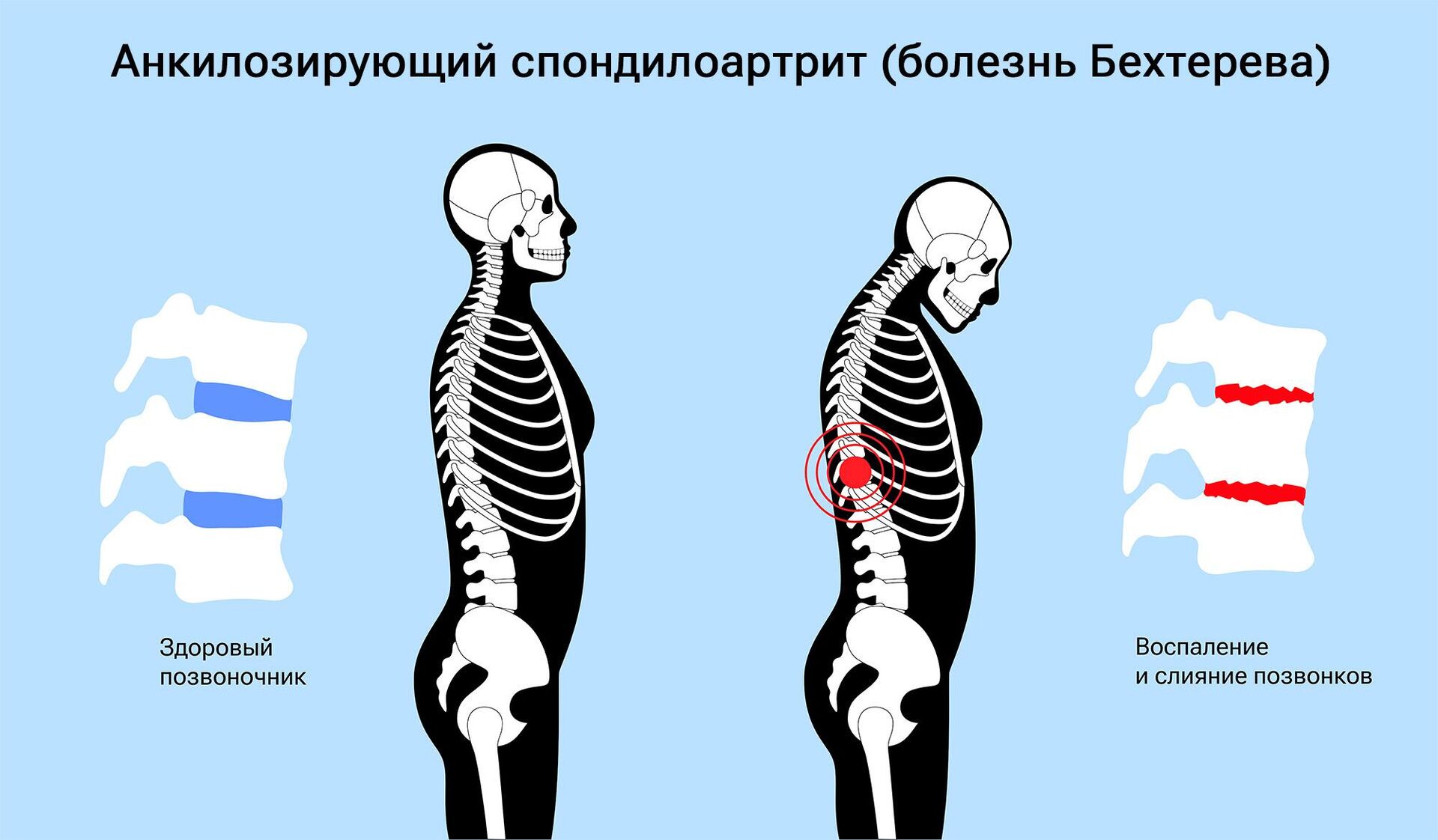
«There are four warning signs: morning stiffness in the spine for more than half an hour, waking up in the second half of the night due to back pain, intermittent pain in the buttocks, less back pain with exercise rather than at rest. All this in professional language called inflammatory back pain, which may indicate ankylosing spondylitis,» explains the scientist.
To make a diagnosis, an X-ray examination, a blood test for the HLA-B27 antigen (this genetic variant indicates a predisposition to ankylosing spondylitis), the level of C-reactive protein, and an assessment of the involvement of peripheral joints, entheses, eyes and aorta in the pathological process are required.
“It is very important to consult a doctor in time to prescribe treatment before the joints begin to lose mobility due to ankylosis,” the academician emphasizes.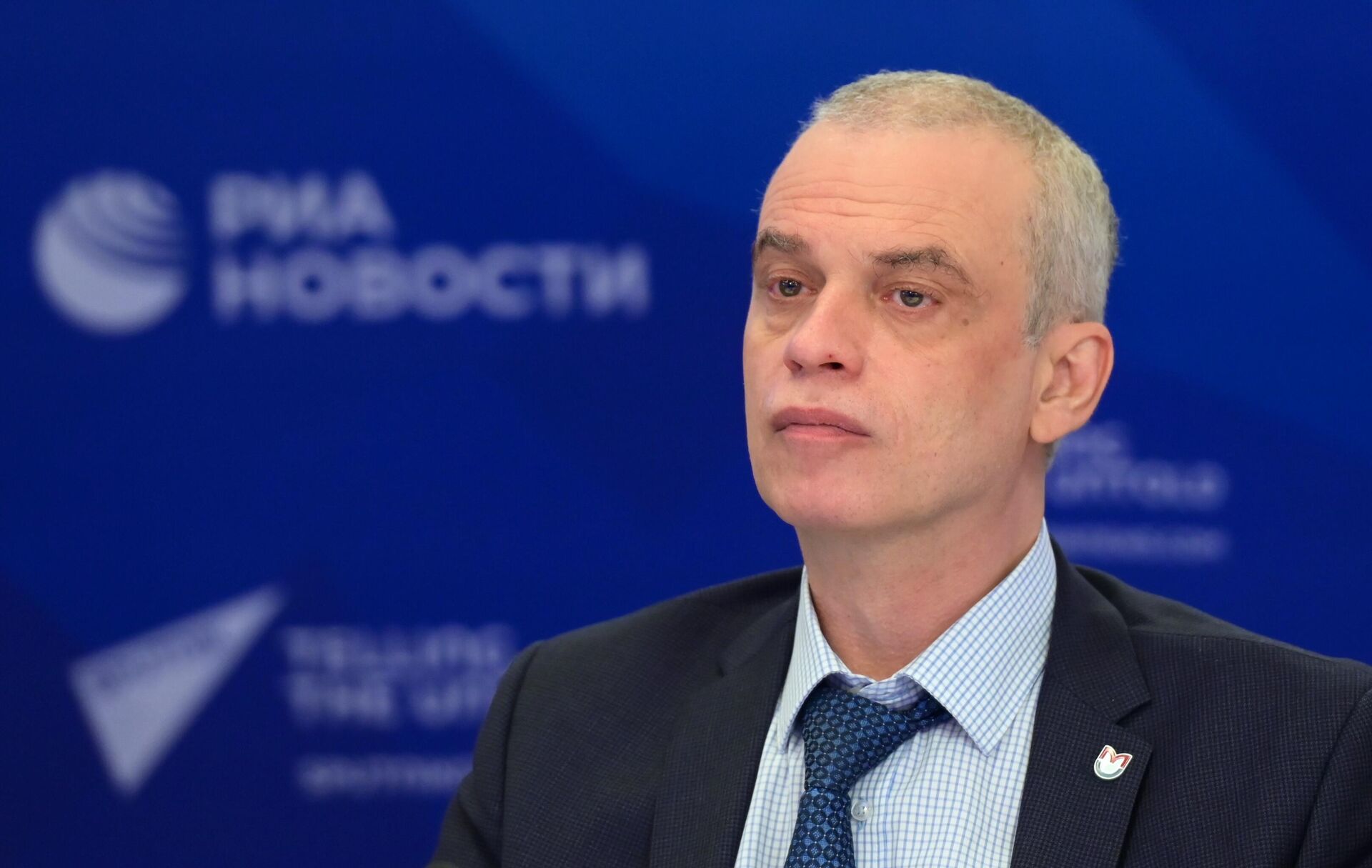
In search of effective therapy
“I am 45 years old, of which 25 years I have had BD (Bechterew’s disease. — Editor’s note). I have been constantly trying to find a treatment, I have a good idea of the whole range of drugs used” — this is how Sergei Lukyanov described his own experience of fighting the disease 15 years ago. At that time, he, already a Doctor of Biological Sciences, headed the laboratory of molecular technologies for biology and medicine at the Institute of Bioorganic Chemistry named after academicians M. M. Shemyakin and Yu. A. Ovchinnikov of the Russian Academy of Sciences, and was elected a corresponding member of the Russian Academy of Sciences for outstanding scientific achievements.
The scientist tried one drug after another, all of which lost their effectiveness after some time. But not only this prompted us to look for new ways of treatment: “I have three children, two of whom are positive for B27, which means they have a fairly high risk of getting sick.”
Establish the cause of inflammation
In the 2000s, Sergei Lukyanov became interested in biological products for autoimmune diseases.
“The principle of their action is the highly specific neutralization of cytokines, complex signaling molecules responsible for the development of inflammatory reactions of the immune system. I was amazed by the effect of the therapy: it was as if I was born again, constant pain, stiffness, fatigue — everything just disappeared!” — the researcher recalls.
However, such anti-cytokine treatment suppressed the immune system, increasing the risk of infectious diseases.
“Such therapy removes pain by reducing inflammation, but does not stop the disease itself, since it does not affect its cause — autoaggressive T-lymphocytes — cells of the immune system, the appearance of which, from our point of view, causes this or that autoimmune disease. Treatment remains optimal for patients whose disease is not associated with HLA-B27 or is associated not only with it,” explains the academician.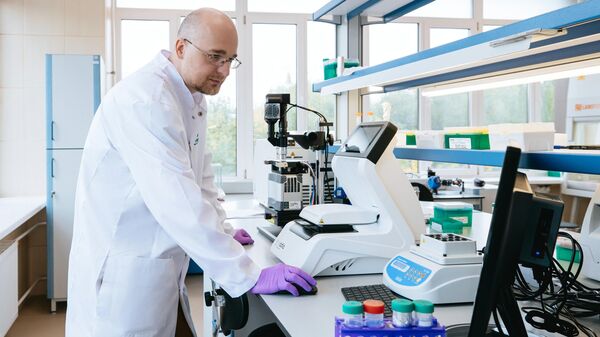
1 of 3
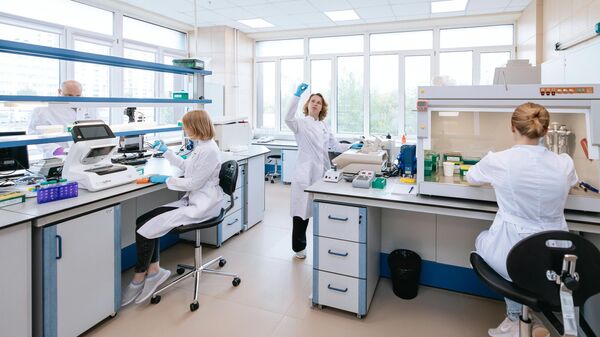
2 of 3
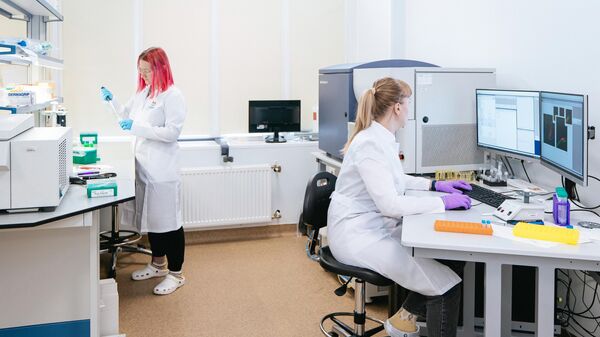
3 of 3
1 of 3
2 of 3
3 of 3
Even the most effective therapy using antibodies to tumor necrosis factor alpha did not stop joint damage. Scientists decided to use the unique structure of the T-cell receptor for each type of lymphocyte for a targeted search and targeted destruction of a specific group of auto-aggressive cells.
The project was supported by the Ministry of Health, research was carried out with the participation of a number of teams of scientists and doctors from the Russian National Research Medical University named after N. I. Pirogov, the Institute of Bioorganic Chemistry named after Academicians M. M. Shemyakin and Yu. A. Ovchinnikov of the Russian Academy of Sciences, the National Medical and Surgical Center named after N. I. Pirogov and the Research Institute of Rheumatology named after V. A. Nasonova.
“In 2019, our University became part of the Center for High-Precision Editing and Genetic Technologies for Biomedicine, in which molecular and cellular biologists, immunologists, bioinformaticians and, of course, rheumatologists created algorithms, selected and studied the structures of T-cell lymphocyte receptor repertoires in groups of sick and healthy people. Considering that in each of us the number of T-cell receptor variants exceeds 100 million, the work was very long and complex, but still ended in success — the characteristic pattern of the T-cell receptor associated with ankylosing spondylitis was established» , says the rector of the Russian National Research Medical University named after N. I. Pirogov.
Next, it was necessary to create a cytotoxic antibody capable of recognizing this type of T-cell receptors and provoking their destruction by the body’s immune system. This is already the job of genetic engineers. The BIOCAD company became interested in the project. There they began to develop the “first in class” drug BCD-180, which is capable of completely stopping the pathological processes in ankylosing spondylitis and does not cause complications characteristic of modern immunosuppressive therapy. Preclinical trials, including on primates, were completed successfully.
Since 2021, the antibody has been tested in humans. “I was able to confirm from my own experience that the described principle of the new drug works and the effect on TRBV9+ T cells can cause serious positive dynamics,” says Sergei Lukyanov.
In October, an article about this drug was published in Nature Medicine. It describes a clinical case of long-term remission with relief of pain and improvement in functional status. No anti-cytokine medications were required. In November, BIOCAD received approval for the third and final phase of clinical trials. This allows us to count on the imminent appearance of the drug in practical medicine both in Russia and on the international pharmaceutical market.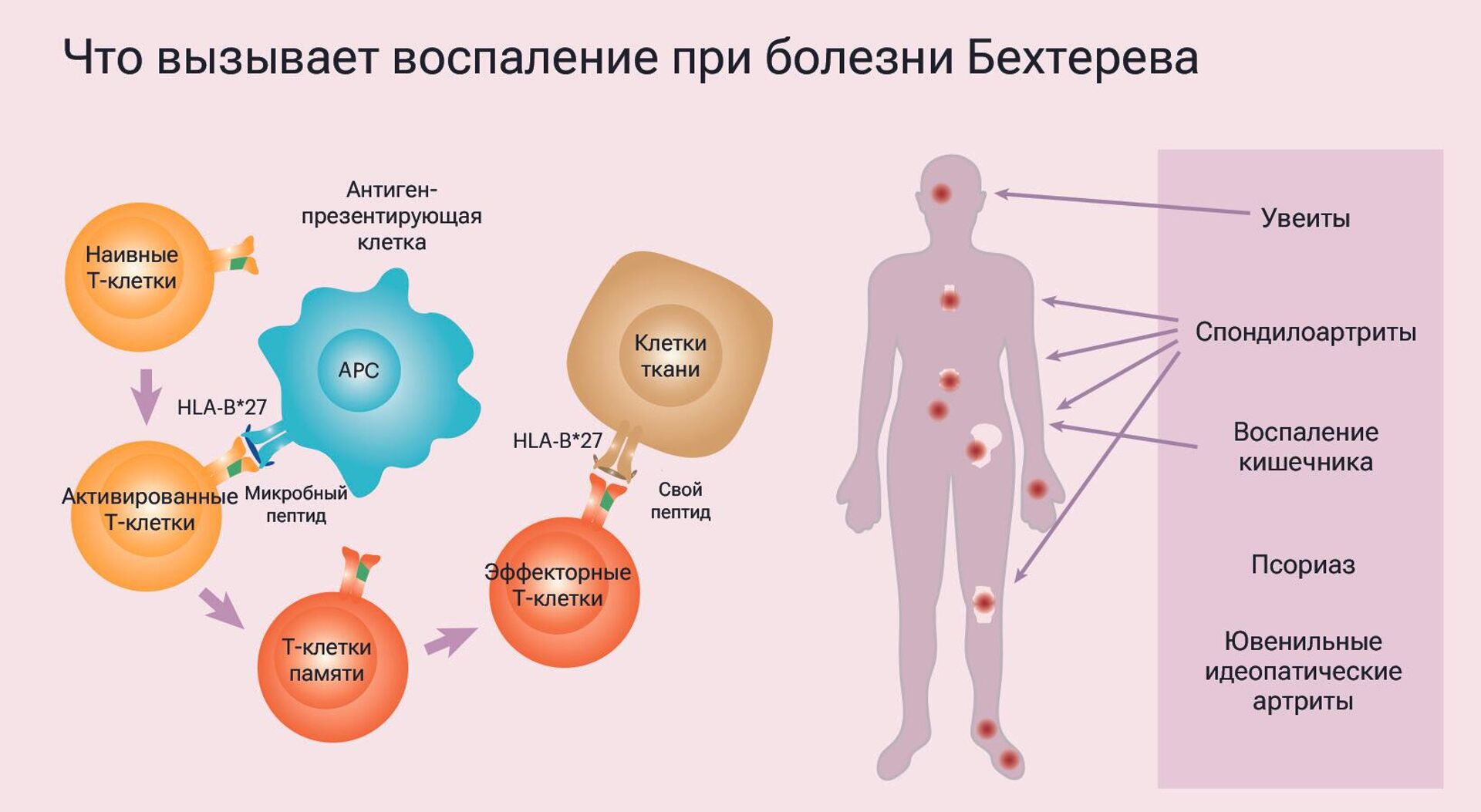


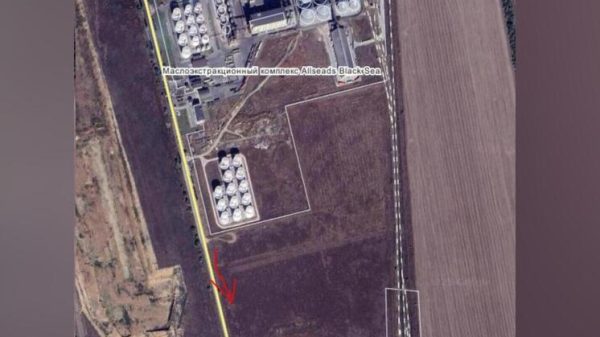





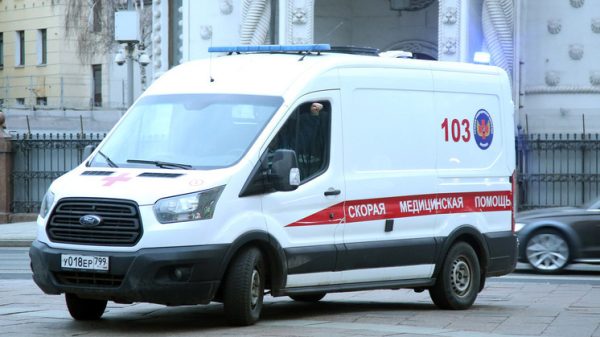

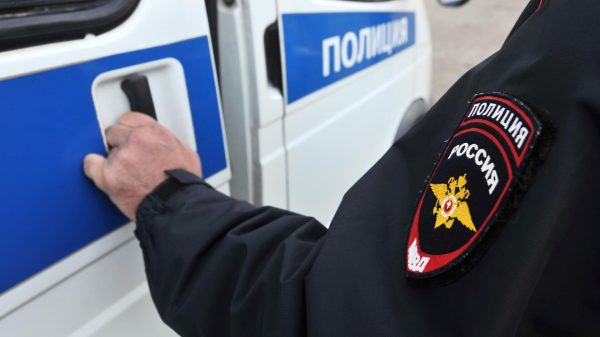




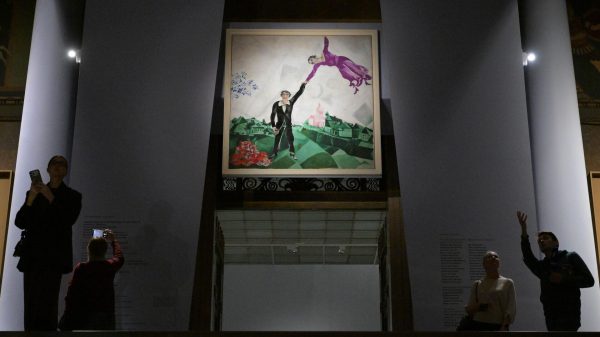

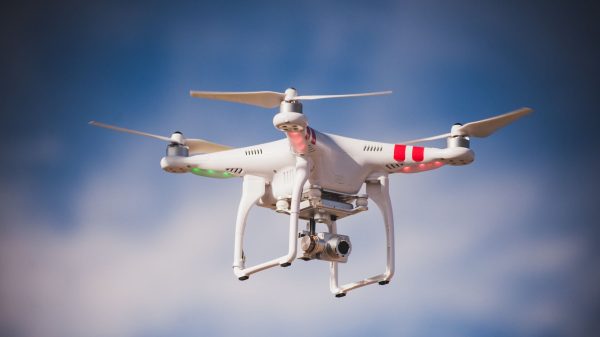
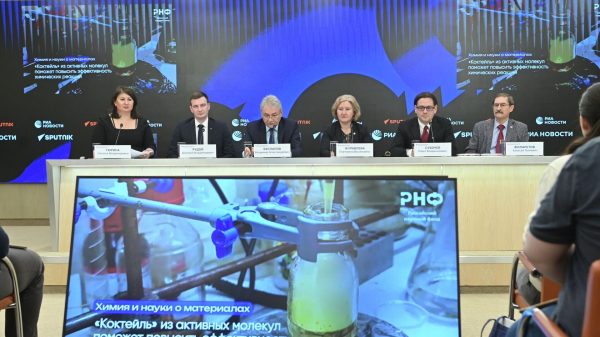
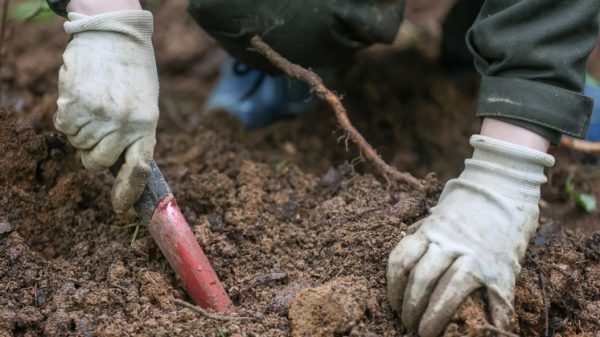














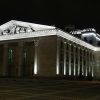


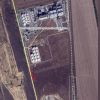
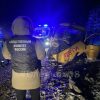
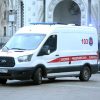
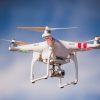







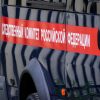



Свежие комментарии